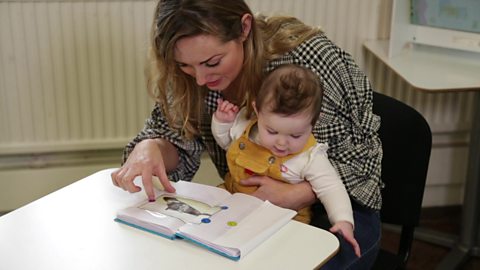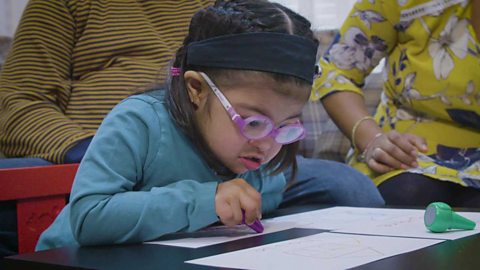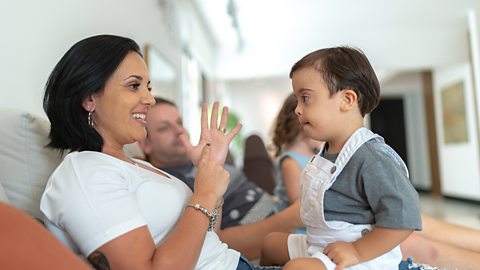We use pictures every day to help us take in and remember information.
We scroll through the pictures on iPlayer rather than reading the names of the programmes. Road signs use symbols instead of words so we can understand them quickly. We even use the pictures on our social media to help us remember what we were doing last week, last month or last year!
So, itâs no surprise that little children, who are still learning words, can really benefit from us using pictures alongside our talking.
Here are some easy ways you can incorporate images into your child's everyday routine, to help their understanding and communication.
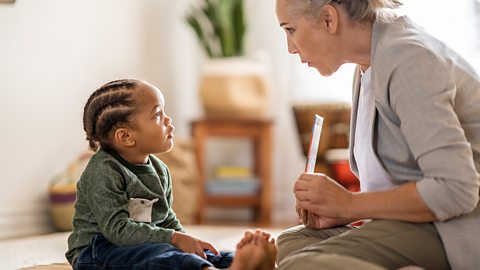
What are we doing?
Childrenâs understanding of language, as well as their memory, develop gradually. Spoken instructions can be too much for little ones to take in, but pictures can help.
Instead of just telling them your plan for the morning, try using a visual timetable. Take photos, print out or draw pictures of the activities youâre going to do, for example âweâre going to go to the supermarket, then the parkâ.
Take the timetable out with you, so you can show when one job is coming to an end, and the next one is about to start.
Whenever your child starts to get bored or frustrated, bring out the timetable as well as telling them. Theyâre more likely to understand and remember.
Where are we going?
Your child is much more likely to understand exactly where theyâre going if they see a photo first.
A trip to the doctors might be less scary if you show them a photo of the doctorâs surgery first.
This might help them remember when they visited the doctor before and that it was ok!
Seeing a photo of friends or relatives who they havenât seen in a while might help your child feel less shy when you see them in person.
If you go to a few different parks, shops, or play centres, showing your child a photo of the one youâre going to that day might help avoid disappointment later.
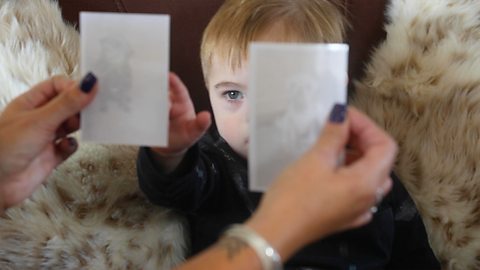
I can do it on my own
Children love to do things for themselves, and you can use picture timetables to help them learn important independence skills.
You can break daily routines into smaller steps for your child, with a picture for each step. For example, you can break down washing hands into four steps - wet hands, put on soap, wash hands, dry hands.
Do the steps with them the first time they use the timetable, pointing to the picture of each step as you do it.
This will help your child learn how to use it themselves in the future.
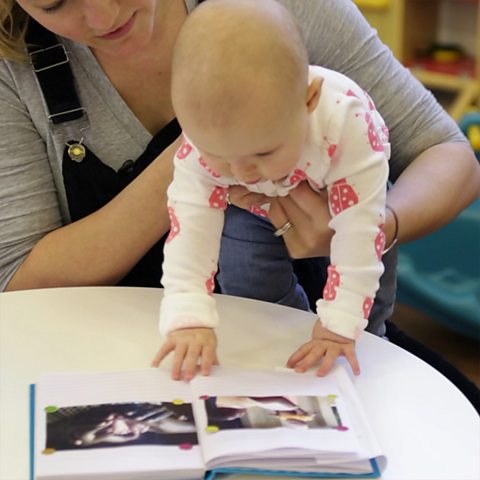
Help share special times using photos and pictures
Make the most of those photos on your phone! Take photos of the things you get up to together, then let your little one show them to family or friends who werenât there.
A photo prompts their memory and gives adults and children something to talk about together. It will also give your little one something to point to if they canât think of the words or are too shy to talk.
Children also love to look back on their own adventures. Creating a photo book of what they get up to and then looking at it together helps their memory.
When you talk about the pictures together, youâre giving your child examples of short sentences they can then use to talk about their activities.
When communication is hard
Does your child get frustrated when you canât understand what they want? Itâs even trickier when they canât point to the thing or take you to what they want.
This is when a picture choice board can be really useful. You can use it for:
- Showing pictures of places they might want to go, e.g. Grandmaâs house, the park, the shops, a cafĂ©
- Pointing to a picture for an action or game, e.g. chase me, letâs play hide and seek, can I have a piggyback
- Asking for a specific type of food or drink, e.g. a flavour of crisps, or a type of juice, without you getting them all out of the fridge!

Take photos of the things your child really likes and, if you can, print them out. Show only three or four options at a time. If they shake their head, you can try showing a few more photos.
Put the photos in a place in your house where your child often asks for that thing, e.g. the food choice pictures in the kitchen, the âgoing outâ pictures next to the front door. Then theyâll be ready for you and your child to use.
When you have worked out what your child wants, even if they did it in another way, such as pointing to someone else eating the same snack, show them the photo and say, âyou want some raisins?â
Youâre then showing them how they can use the pictures to get their messages across another time.
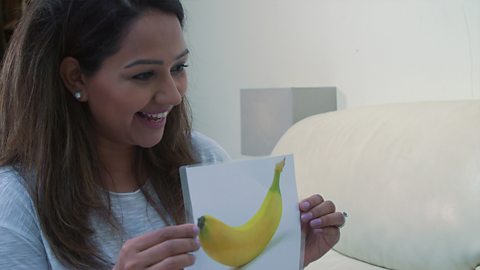
Whatâs wrong?
Feelings can be overwhelming for little children. Even those who might happily chat about other people feeling sad or happy might struggle to put their own feelings into words.
Pictures for happy, sad, angry, scared, tired can be a stepping stone to helping your child understand and explain how theyâre feeling. You can also use them for other body sensations such as hungry, thirsty, or to point out where something hurts.
You will need to show your child how to use these pictures a few times first. Try a bit of pretend play, pointing to the pictures as you go, saying things like âTeddy is sad! He wanted more teaâ. You can also try having the pictures handy when you share a book or watch TV together.
However you use them, pictures and photos are an easy way to help your child communicate and learn new skills, so get snapping and drawing â your child will thank you for it!
Article produced with help from Alys Mathers, a Highly Specialist Speech and Language Therapist who works with children who have a wide range of speech, language and communication needs.

